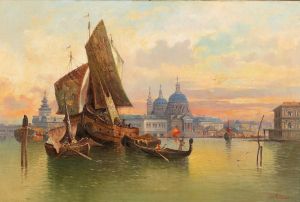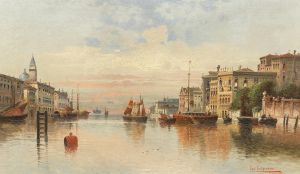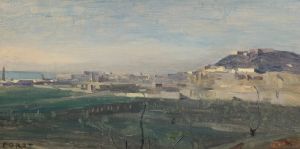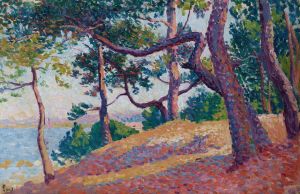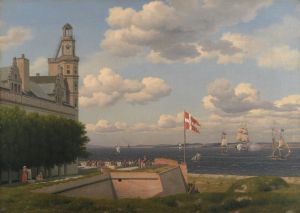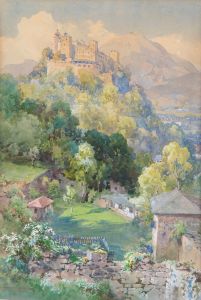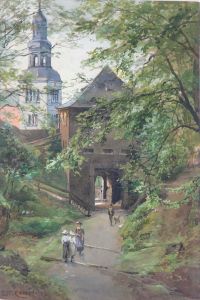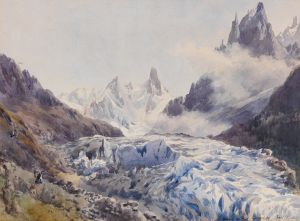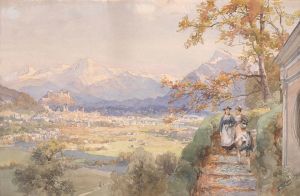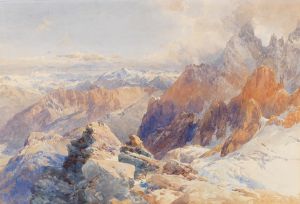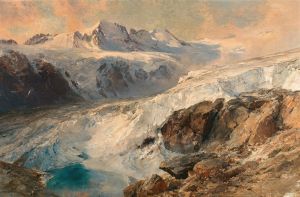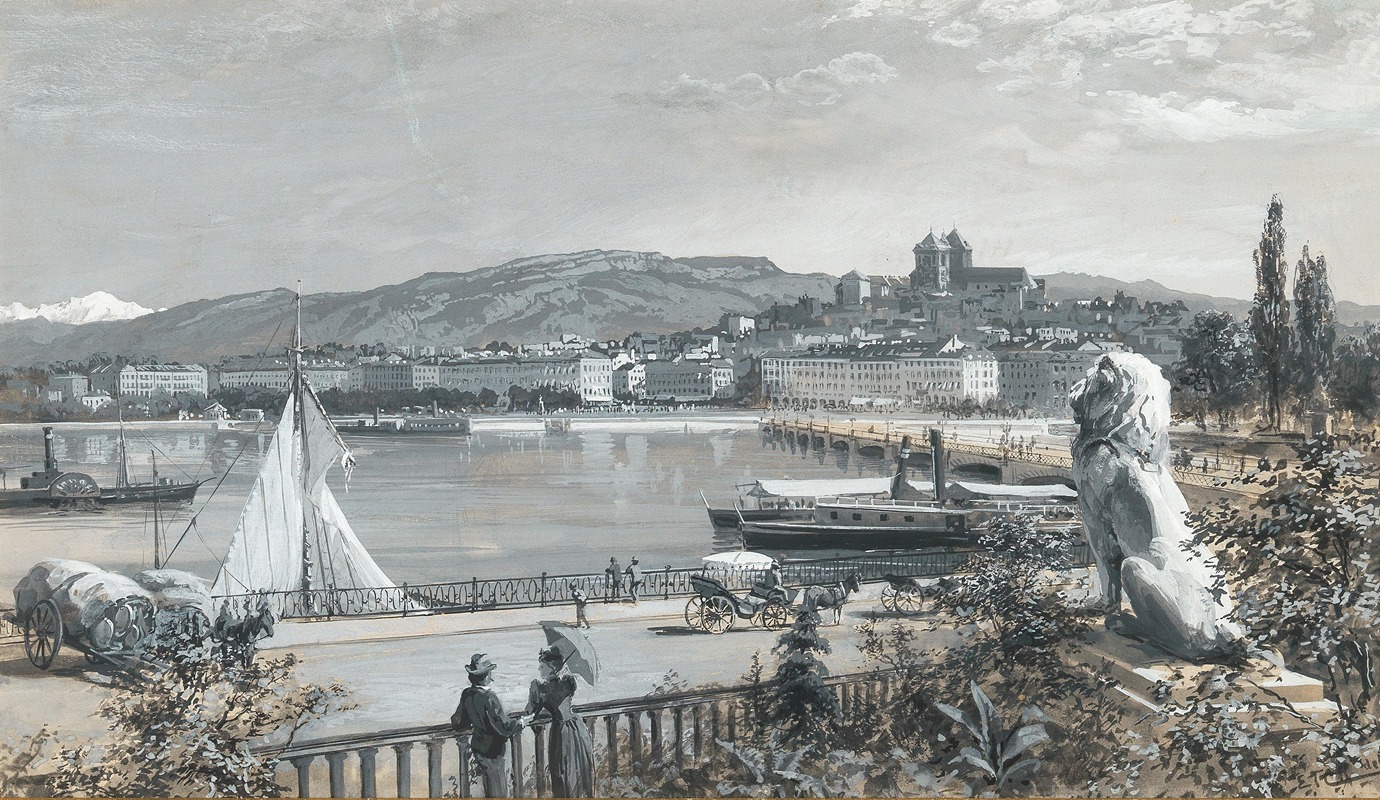
View of Geneva
A hand-painted replica of Edward Theodore Compton’s masterpiece View of Geneva, meticulously crafted by professional artists to capture the true essence of the original. Each piece is created with museum-quality canvas and rare mineral pigments, carefully painted by experienced artists with delicate brushstrokes and rich, layered colors to perfectly recreate the texture of the original artwork. Unlike machine-printed reproductions, this hand-painted version brings the painting to life, infused with the artist’s emotions and skill in every stroke. Whether for personal collection or home decoration, it instantly elevates the artistic atmosphere of any space.
Edward Theodore Compton was a renowned English-born artist and illustrator, celebrated for his detailed and evocative landscape paintings, particularly those depicting mountainous regions. His work, "View of Geneva," is one of the many pieces that showcase his adept skill in capturing the essence of a location through his art.
Compton was born in 1849 in Stoke Newington, London, and later moved to Germany, where he spent much of his life. His artistic journey was significantly influenced by his love for mountaineering and the natural world, which is evident in the precision and passion of his landscape paintings. Although he is primarily known for his alpine scenes, Compton's ability to portray various landscapes with equal finesse is well-documented.
"View of Geneva" is a testament to Compton's versatility as an artist. While specific details about the creation date and circumstances of this particular painting are not widely documented, it is consistent with his broader body of work, which often features meticulous attention to detail and a deep appreciation for the natural environment. The painting likely depicts the city of Geneva, Switzerland, known for its picturesque setting by Lake Geneva and its backdrop of the Alps and Jura mountains.
Geneva, as a subject, offers a rich tapestry of historical and cultural significance. The city is renowned for its role in international diplomacy and as a hub of cultural exchange. Compton's depiction of Geneva would have captured the city's unique blend of natural beauty and urban sophistication, highlighting its iconic landmarks and the surrounding landscape.
Compton's technique often involved the use of watercolors, a medium that allowed him to convey the subtle interplay of light and shadow, which is a hallmark of his style. His landscapes are characterized by their clarity and the ability to evoke a sense of place, inviting viewers to experience the scene as if they were standing within it.
Throughout his career, Compton's works were celebrated for their accuracy and artistic merit, earning him a reputation as one of the leading landscape painters of his time. His paintings not only serve as artistic expressions but also as historical records of the landscapes he so admired.
While "View of Geneva" may not be as widely recognized as some of Compton's alpine works, it remains an important piece within his oeuvre, reflecting his broader interest in capturing the diverse beauty of European landscapes. Compton's legacy continues to be appreciated by art enthusiasts and historians alike, who value his contributions to landscape painting and his ability to bring the natural world to life on canvas.
In summary, Edward Theodore Compton's "View of Geneva" exemplifies his mastery in landscape painting, offering a glimpse into the beauty and complexity of Geneva through his artistic lens. His work remains a significant part of the art historical canon, celebrated for its technical skill and evocative portrayal of nature.






